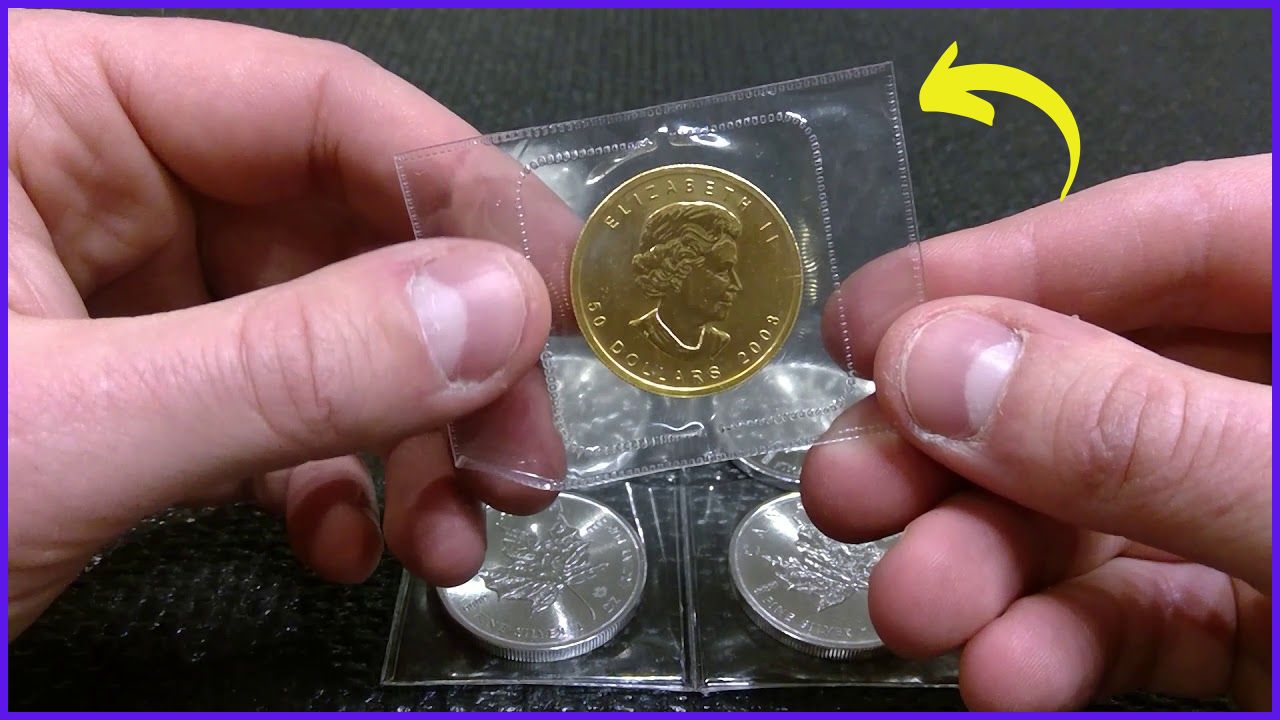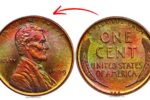The Lincoln Wheat Penny Valued at $750K : The Lincoln Wheat Penny, a staple in American currency, has been circulating since 1909, making it a familiar coin to many. However, some variations of this coin have become highly sought after by collectors, with prices reaching into the hundreds of thousands of dollars. One particular Lincoln Wheat Penny, valued at $750,000, has become a symbol of the fascinating world of rare coin collecting. But could this coin still be out there, somewhere in your pocket change? Let’s explore how this rare penny came to be so valuable, what makes it so special, and whether it could still be in circulation today.
The History of the Lincoln Wheat Penny
The Lincoln Wheat Penny was introduced in 1909 to commemorate the 100th anniversary of Abraham Lincoln’s birth. Designed by Victor David Brenner, it was the first U.S. coin to feature a real historical figure. The obverse of the coin showcases Lincoln’s portrait, while the reverse depicts two stalks of wheat, symbolizing abundance and prosperity.
Produced from 1909 to 1958, the coin became a significant part of U.S. currency, and many collectors began to focus on its rarer varieties. While most Lincoln Wheat Pennies are worth only a penny, certain errors and variations have made specific coins highly valuable to collectors.
What Makes a Lincoln Wheat Penny Worth $750K?
While most Lincoln Wheat Pennies are not worth more than their face value, certain versions stand out due to minting errors or rarity. The Lincoln Wheat Penny valued at $750,000 is no ordinary coin. These rare variations include mistakes made during production or coins that were minted in limited numbers. Let’s explore some of the most famous examples:
1. 1943 Copper Penny – A Classic Error Coin
One of the most famous and valuable Lincoln Wheat Pennies is the 1943 Copper Penny. During World War II, the U.S. Mint switched to using steel blanks instead of copper to conserve metal for the war effort. However, a few copper planchets were accidentally used to strike a small number of pennies, making them extremely rare and valuable.
🔹 The Error: Only approximately 20 copper 1943 pennies are known to exist.
🔹 Why It’s Valuable: These coins are incredibly rare, and their value can reach up to $750,000 in perfect condition.
🔹 How to Identify It: If you find a 1943 penny that doesn’t stick to a magnet, it might be one of these valuable copper error coins.
2. 1909-S VDB – The First Year of Minting with Rare Initials
The 1909-S VDB Lincoln Penny is another highly sought-after coin. It was minted at the San Francisco Mint and features the VDB initials of the designer, Victor David Brenner, on the reverse of the coin. Initially, the U.S. Mint placed these initials on the reverse, but due to public backlash, they were removed quickly. As a result, only a limited number of these coins were produced, making them a rarity among collectors.
🔹 Mintage: Only 484,000 of the 1909-S VDB were struck.
🔹 Current Value: In perfect MS67+ condition, these coins can be worth up to $750,000 or more, depending on their grade.
🔹 Key Features: Look for the “S” mintmark and the VDB initials on the reverse to spot this rare coin.
3. 1955 Double Die Obverse Penny – A Famous Minting Error
The 1955 Double Die Obverse Penny is one of the most famous error coins in U.S. history. It features dramatic doubling on the “LIBERTY” and “IN GOD WE TRUST” inscriptions, which makes it easily recognizable to collectors. The mistake occurred due to improper die alignment during the minting process, resulting in doubled images on the obverse of the coin.
🔹 Why It’s Valuable: This error is highly visible to the naked eye, making it easy for collectors to spot.
🔹 Estimated Value: A high-quality 1955 Double Die Obverse Penny can be worth around $100,000 to $750,000.
🔹 Identifying the Coin: Look for visible doubling on the date and inscriptions on the obverse, which are the key characteristics of this error.
4. 1922 Weak D Penny – A Missed Mintmark
Another valuable variation is the 1922 Weak D Lincoln Wheat Penny. This coin was minted with a weak “D” mintmark, which was a result of worn-out dies being used during production. The weak mintmark makes the coin highly collectible and valuable.
🔹 Why It’s Valuable: The weak “D” mintmark is unique, making this coin scarce among collectors.
🔹 Value: Depending on its condition, the 1922 Weak D Penny can be worth up to $50,000 to $100,000 or more, with some examples possibly reaching the $750,000 range.
🔹 Identification: Look closely at the “D” mintmark; a faint or poorly struck mintmark is the key sign.
Could the $750K Lincoln Wheat Penny Be in Circulation Today?
While these rare coins are extremely valuable, could one of them still be in circulation, waiting to be discovered in your spare change? While the chances are slim, it’s not entirely impossible. Here’s why:
Where to Look for Rare Pennies
- Check Your Change: Occasionally, rare coins slip through the cracks and end up in circulation.
- Coin Collections: Many people still hold onto old coins in jars or drawers, unaware of their value.
- Estate Sales or Flea Markets: Valuable coins can sometimes be overlooked at estate sales, garage sales, or flea markets.
- Metal Detecting: Searching in areas where people historically dropped coins, like old parks or beaches, could yield hidden treasures.
How to Identify a Valuable Lincoln Wheat Penny
If you suspect you have a rare Lincoln Wheat Penny, here’s how to verify its worth:
- Check the Date and Mintmark: Look for key dates like 1909-S VDB, 1943 Copper, and 1955 Double Die.
- Use a Magnet: If the penny sticks to a magnet, it’s made of steel. If not, it may be a copper coin and worth checking further.
- Look for Errors: Check for visible minting errors like doubling, weak mintmarks, or other misprints.
- Get It Graded: For a more accurate valuation, consider sending the coin to a professional coin grading service, like PCGS or NGC, to authenticate and grade the coin.
Final Thoughts
The Lincoln Wheat Penny valued at $750,000 is an incredible example of how a simple coin can hold great value due to minting errors, rarity, or unique features. While finding one of these rare pennies in circulation is incredibly unlikely, it’s not impossible. If you find a coin that seems unusual, don’t spend it just yet—take the time to research its potential value. Who knows? You might be holding onto a priceless piece of history.
Disclaimer: The values mentioned for rare coins, including the Lincoln Wheat Penny, may fluctuate over time. Always consult a professional numismatist before making financial decisions related to rare coins.




